Should you include a UNESCO World Heritage Site in your travels? Absolutely. These sites give us a look inside the exceptional beauty of our cultures and natural world. They also give us a deep awareness that we are all connected. UNESCO, which stands for United Nations Educational Scientific and Cultural Organization, is dedicated to preserving these special sites. As world citizens they belong to all of us, and we are invited to visit and experience them.
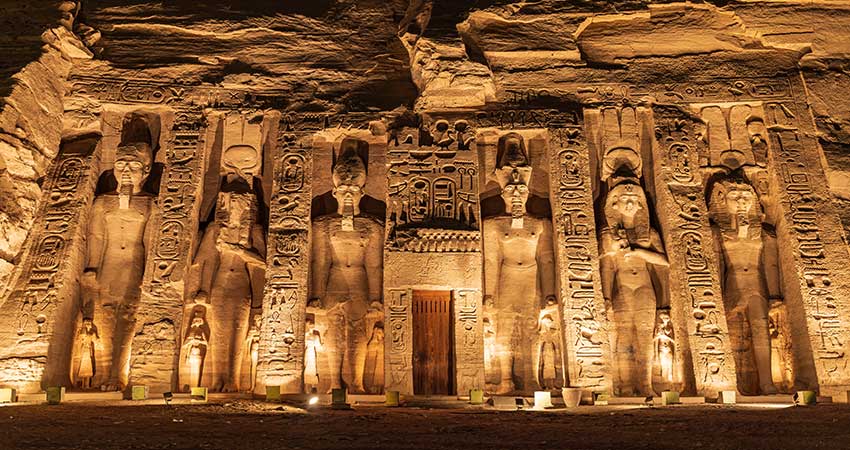
UNESCO was loosely formed after World War II as a way to promote healing and to save our global cultural history. Its first major project began in 1954 when Egypt was about to build the Aswan Dam. Ancient treasures from Egypt and Nubia were about to be submerged, and the governments of Egypt and Sudan requested help from UNESCO.
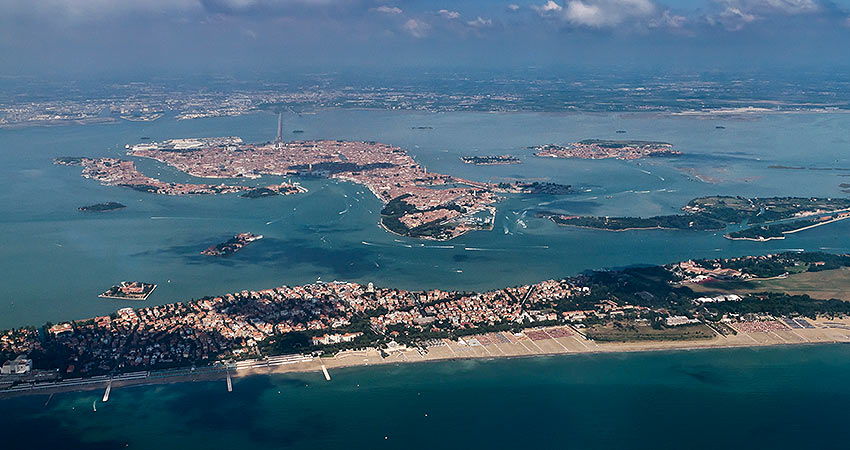
In 1960, UNESCO launched an international campaign to save these irreplicable artifacts and monuments. Hundreds of sites were recovered and literally thousands of objects, including massive and small gems from inside pyramids, were rescued. The money for the project was collected from 50 countries. Because of its success, new projects were taken on, such as saving Venice and its lagoon, as well as ruins in Pakistan and an important temple in Indonesia.
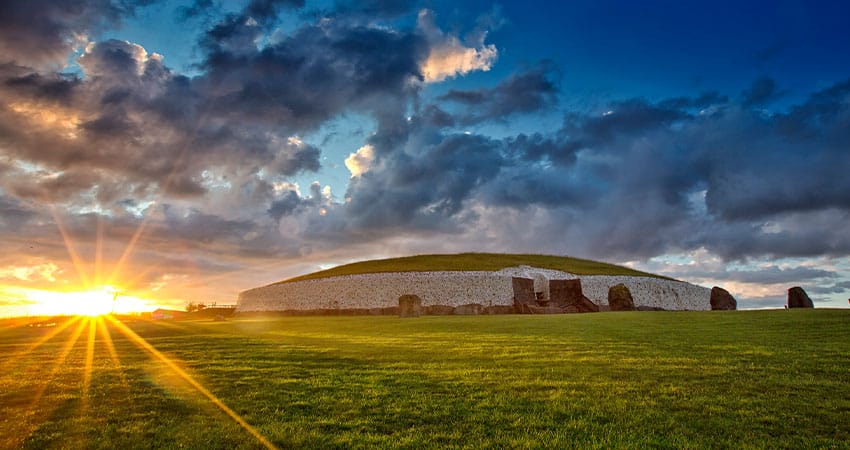
UNESCO’s aim is to encourage people to notice their own cultural and natural heritage and recognize them as sources of inspiration. Being listed as a World Heritage site has a positive effect not only on the site, but on its environvenment and the local economy. It also creates international recognition and legal protection; the area can obtain funds as a World Heritage site for conservation, technical advice, and training.
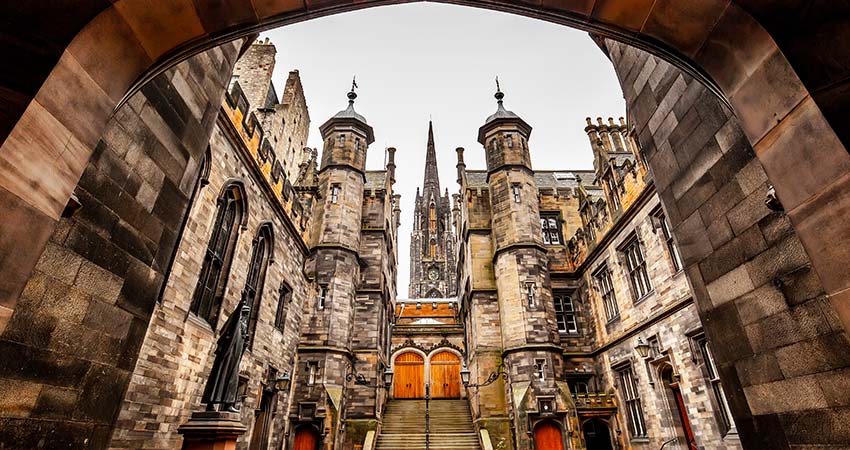
These places are quite varied. Imagine Uluru-Kata Tjuta National Park in Australia; Iceland’s Vatnajökull National Park of Ice and Fire; Ireland’s Brú na Bóinne; the historic center of Florence; the Medici Villas and Gardens in Tuscany; Norway’s’ western fiords; the Giants Causeway; both the Old and New Towns of Edinburgh; the slate landscape of Northwest Wales; plus Yellowstone and the Great Smoky Mountains National Park… All of these are World Heritage sites.
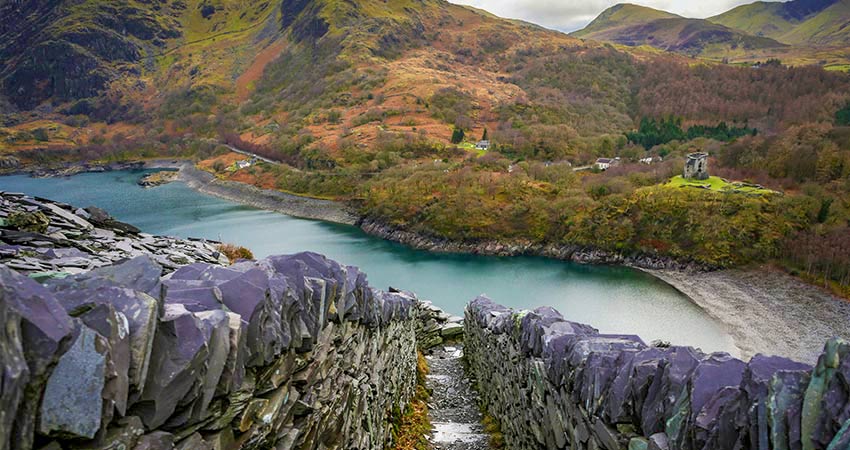
How does a UNESCO designation happen? Each potential site is nominated by their own country. An international committee decides if they’re historically or geographically unique, and if they have special cultural or physical characteristics. This may include ancient ruins, historical structures and cities, buildings, deserts, forests, islands, barrier reefs, lakes, monuments, mountains, and wilderness areas. Today there are 1,199 sites in 168 countries—there is literally, a world of possibilities when it comes to choosing a place to visit.
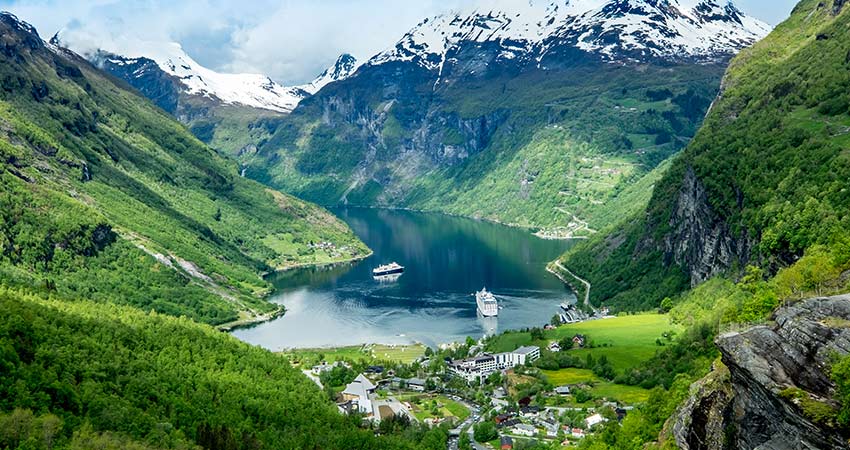
UNESCO sites have ten goals. The first is to represent a masterpiece of human creative genius. The second is to exhibit an important exchange of values over a length of time or in a cultural area of the world. The third is to bear testimony to a culture, tradition, or civilization that is alive or has disappeared. The next is to be an outstanding example of a type of architectural, technological grouping, or landscape that shows stages in human history. The fifth is to be an example of a settlement that represents one or several cultures’ interactions with their environment. (This is especially important when it has become vulnerable.) The sixth goal is associated with events or living traditions that have artistic and literary works of universal significance.
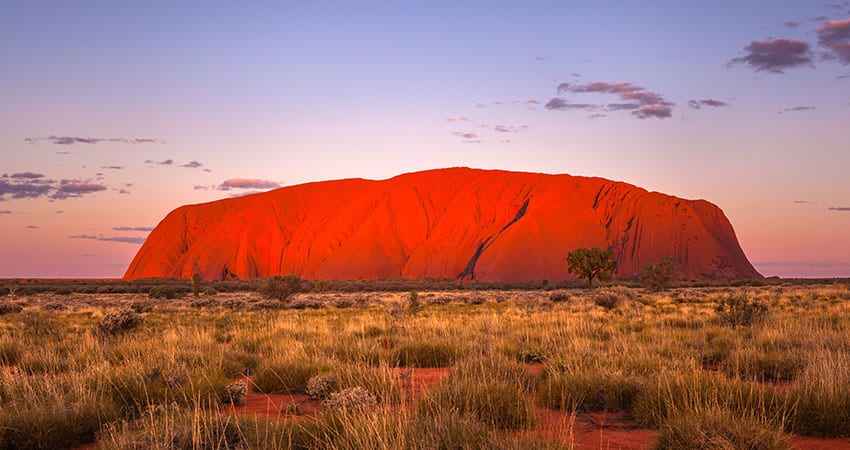
As a natural site, there must be some amazing natural phenomenon or wild beauty—think of Yellowstone and its geysers. They should also represent major stages of the Earth’s history that include a record of major geological processes. Another definition for a site is that it shows the growth, changes, and connections of ecosystems as they interact with plants and animals. Finally, UNESCOS’s goal in the natural world is conserving threatened species.
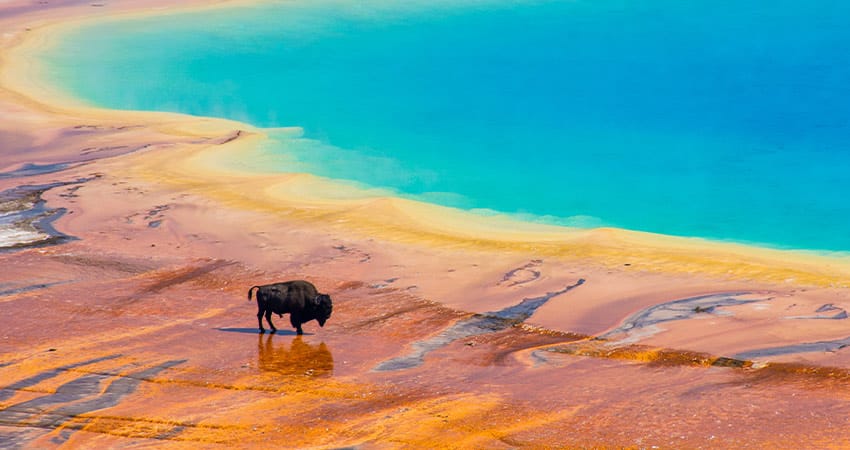
Sites of memory are also included. These are places where an event took place that people want to memorialize. They then become places of reconciliation, contemplation, and healing. Including them on the World Heritage list makes them part of our shared global experience.
The end goal of a UNESCO World Heritage Site is to recognize that life is a gift. That our heritage is a testament to where we’ve been and a legacy that we will leave our children. It is a recognition that our cultural and natural worlds are irreplaceable. To visit a UNESCO site is truly an inspirational experience.
Let your Destination Expert know that you want to be amazed by a UNESCO site of natural beauty or cultural wonders!









